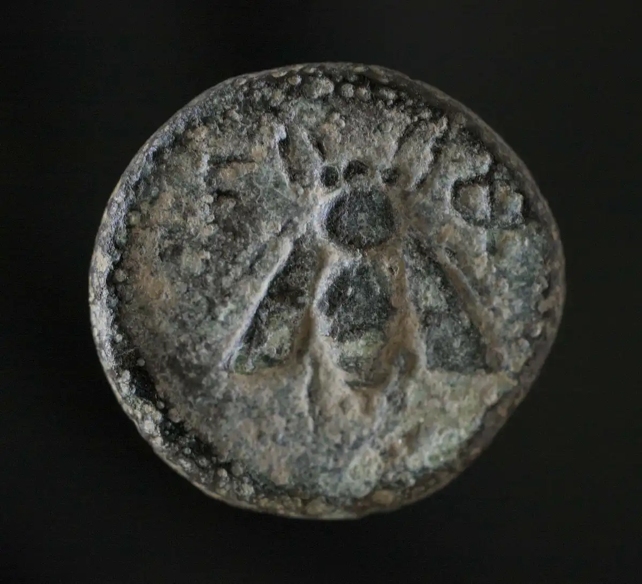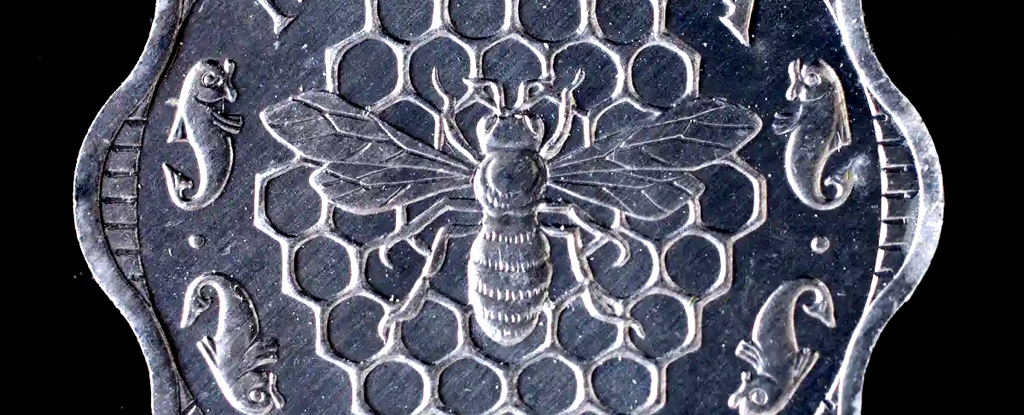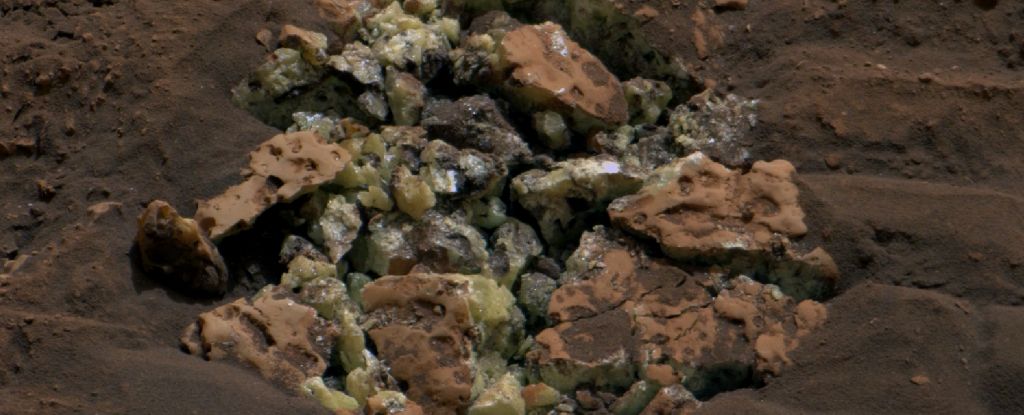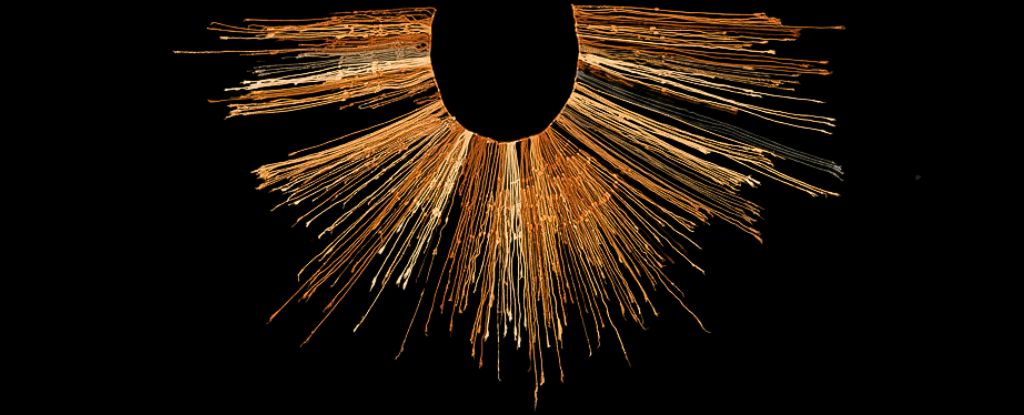In 2022, the Royal Australian Mint issued a $2 coin decorated with honey bees. About 2,400 years earlier, a mint in the Kingdom of Macedonia had the same idea and created a silver obol coin with a bee embossed on one side.
In the centuries between these two events, it was surprisingly common for currencies to feature a symbolic connection between honey and money.
In a recent study in Australian coin gradeI trace the bee through numismatic history – and propose a scientific reason why our brains might naturally make a connection between the fragrant insects and the abstract notion of value.
What is currency and why is it important?
Money is a store of value and can serve as a medium of exchange for goods or services. Currency is a physical manifestation of money, so coins are an enduring representation of value.
Coins have played a central role in many communities since ancient times, enabling efficient trade. Their longevity makes them important time capsules.
Ancient Malta was famous for its honey. The modern 3 mil coin (1972-81) celebrates this story with images of a bee and honeycomb. According to the information card issued with the coin set:
The 3 mil coin features a bee and honeycomb, symbolizing the fact that honey was used as currency in ancient Malta.
In ancient Greece, bees were used on some of the earliest coins made in Europe. A silver Greek obol coin minted between 412 and 350 BC. minted in Macedonia and now held in the British Museum, features a bee on one side of the coin.
Bees are also depicted on coins minted elsewhere in the ancient Greek world, such as a bronze coin minted in Ephesus between 202 B.C. and 133 B.C. Chr.
The use of bees on ancient coins spanned many centuries, including widespread bronze coins and new varieties continue to be discovered.

Why we might like bees on coins
Why do bees often appear on coins? One approach to this question comes from the field of neuroaesthetics, which seeks to understand our tastes by understanding the fundamental brain processes that underlie aesthetic perception.
From this perspective, it seems likely that the sweet taste of honey – indicative of the high amount of sugar it supplies – promotes positive neural activity associated with bees and honey.
Indeed, primatologist Jane Goodall once suggested that obtaining high-calorie food from bee honey might be possible an important step in the cognitive development of primates.
Our brains may already be wired to like bees because they associate the sweet taste of honey. The early use of bees on coins may have been a functional example of the connection between a known value (honey) and a new form of currency: coins as money.
The bee on modern coins
The use of bees as a design feature has persisted from ancient to modern times. A honey bee visiting a flower is depicted on a series of ten centesimi bronze coins issued in Italy 1919 to 1937.
(By the way, the world’s last stand of pure Italian honey bees is in Australia on Kangaroo Island, which has been declared a Ligurian bee sanctuary by one Parliament Act in 1885.)
Recently, a 20 Seniti coin from the Pacific state of Tonga features 20 honey bees flying out of a hive. This coin was part of a series initiated by the Food and Agriculture Organization of the United Nations to promote sustainable agricultural and cultural development around the world.
Bees are relevant here as their pollination efforts account for about a third of the food needed to feed the world, with a value of more than $200 billion per yearand they are threatened by climate change and other environmental factors.
Bees on coins, today and tomorrow
Public awareness of bees and environmental sustainability could well be factors in the current interest in bee coins. The diversity of countries using bees as a design feature throughout coin history suggests that people have long valued the relationship with bees as essential to our own prosperity.
In Australia, the 2022 Honeybee $2 coin is part of a series developed by the Royal Australian Mint. In 2019, the Perth Mint in Western Australia also issued coins and stamps celebrating native bees.
Despite the decline in cash, Bee coins still appear to be performing strongly. The buzzing companions of human society may have been an important motif in coin design as long as coins were still in use.![]()
Adrian DyerAssociate Professor, Monash University
This article was republished by The conversation under a Creative Commons license. read this original article.





